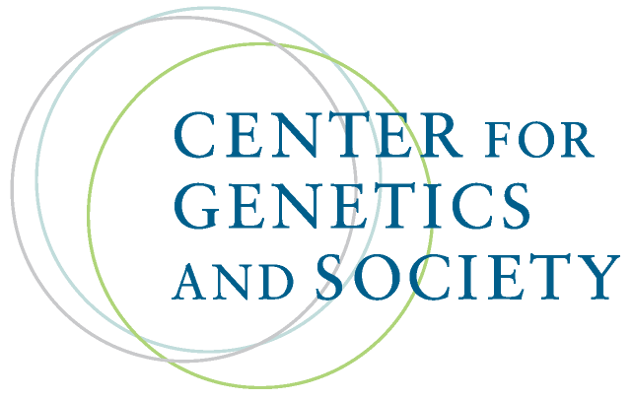'Gene Drive': Scientists Sound Alarm Over Supercharged GM Organisms Which Could Spread in the Wild and Cause Environmental Disasters
By Steve Connor,
The Independent
| 08. 02. 2015
Untitled Document
A powerful new technique for generating “supercharged” genetically modified organisms that can spread rapidly in the wild has caused alarm among scientists who fear that it may be misused, accidentally or deliberately, and cause a health emergency or environmental disaster.
The development of so-called “gene drive” technology promises to revolutionise medicine and agriculture because it can in theory stop the spread of mosquito-borne illnesses, such as malaria and yellow fever, as well as eliminate crop pests and invasive species such as rats and cane toads.
However, scientists at the forefront of the development believe that in the wrong hands gene-drive technology poses a serious threat to the environment and human health if accidentally or deliberately released from a laboratory without adequate safeguards. Some believe it could even be used as a terrorist bio-weapon directed against people or livestock because gene drives – which enable GM genes to spread rapidly like a viral infection within a population – will eventually be easy and cheap to generate.
“Just as gene drives can make mosquitoes unfit for hosting and spreading the...
Related Articles
By Liyan Qi and Jonathan Cheng, The Wall Street Journal | 03.26.2025
photo via Wikimedia Commons licensed under CC by 3.0
Chinese scientist He Jiankui set off global outrage and landed in prison after he skirted ethical guidelines and claimed he had produced genetically modified babies designed to resist HIV infection.
Now, the self-styled ...
By Anna Louie Sussman, The New York Times | 03.25.2025
On June 24, 2022, the same day the Supreme Court issued its decision in Dobbs v. Jackson Women’s Health Organization, I received a call from the fertility clinic where I’d been undergoing in vitro fertilization, informing me that seven of...
By Michael Gibney, PharmaVoice | 03.20.2025
The death this week of a teenager receiving Sarepta Therapeutics’ gene therapy Elevidys for Duchenne muscular dystrophy is a tragic reminder of the stakes involved in cutting-edge biotech innovation.
While gene therapies like Sarepta’s offer an opportunity to treat and...
By Staff, The Medicine Maker | 03.21.2025
"The Promise and Peril of CRISPR" cover by Johns Hopkins University Press
As a paediatrician taking care of children with sickle cell disease, Neal Baer, a Harvard Medical School graduate, was in awe of the power of CRISPR technologies. Later...



